Many will know that I reviewed the German Physiks HRS-130 several months ago, and was very impressed then. So, to be offered a cheaper, square, vinyl-covered version with a smaller 8 inch bass unit, the same as in the HRS-120, the precursor of the HRS-130, was to be initially less exciting for me. However at £8,900 the Unlimited Mkll is not quite a spring chicken as most of the speakers I get to play with, and I wasn’t going to be disappointed. The first Unlimited II was favourably reviewed in 2013. But this is the latest version which has had has several iterations of crossover refinement.
This is a four-sided highly-braced cabinet with downward firing woofer at the base and the other end has their famous DDD driver, now only available in Carbon fibre, operating from 220Hz upwards to 24,000Hz. This is a downward firing driver with carbon fibre cone allowing all frequencies to radiate uniformly in all directions from its surface. DDD stands for Dick’s Dipole Driver, and comes about from a similar technique created in the early 70s by an American company led by American Engineer Lincoln Walsh, who designed unidirectional speakers utilising the sides of the up-turned drivers like funnels to flex and ripple and ‘bend’ waves out to the listener in all directions. From 1978 Peter Dicks worked on improving this principle to be taken up by the company later to be called German Physiks. This is exactly the same driver as in their more expensive HRS-130 and indeed all their speaker products, including their $300,000 Gaudi. Only are financial savings attempted in the square shaped cabinet, which is cheaper to make than the octagonal HRS-130, though it is still a highly braced MDF construction.
The Unlimited Mkll has some history worth understanding. Originally called the Limited 11 it was introduced at the start of 2011 as a limited production of 100 pairs. Within weeks it sold out, so a new “unlimited” version was brought out to replace it, hence the model being reviewed here. Now featuring acoustic vinyl in four colours (black, white, brown or grey) I did think at first that it would look cheap, but boy, was I wrong. This satin textured and cat-friendly material (always a good test having Toby in the room) also looked very modern and classy in my room. We tend to put wood vinyl on everything, so it was a welcomed relief to have something looking less like a loudspeaker in my living room. Additionally it claims to reduce vibrations by up to 17dB, already tethered together by the reinforced MDF. Additionally, damping is increased by the addition of lots of square blocks each containing special damping material, called ‘Hawaphon’ fitted to the insides of the cabinet (see photo). This material, like miniature ball-bearings, adds considerable weight and converts the vibrations to heat, and ultimately reduces vibrations by a further 50dB. Interestingly, the Square blocks of Hawaphon were originally designed to combat eavesdropping from government buildings. And, taking up a footprint of 9 1/2 inches square, the whole caboodle didn’t take up much space. More importantly, the fact that there is no “sweet spot” with its placement means you don’t have to rearrange your living room before you start listening! 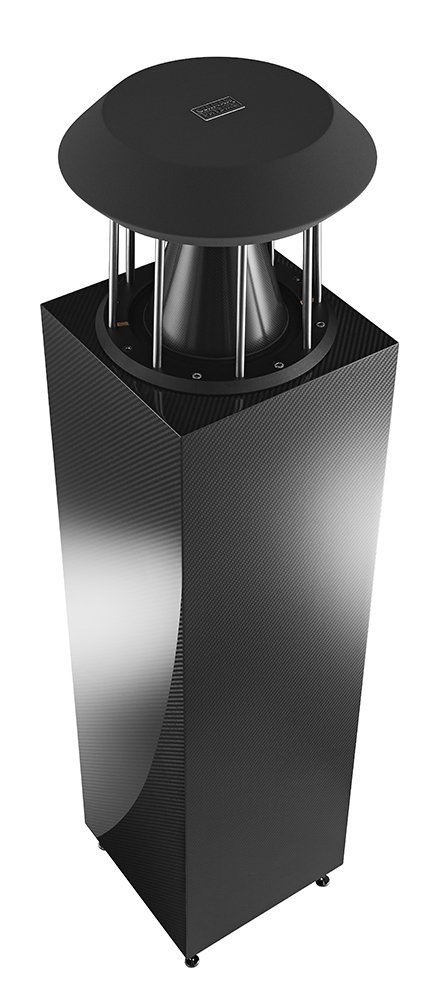
Having loved the HRS -130 I thought that this speaker might be a disappointment. Bearing in mind the same DDD driver was being used this made sure that the same crossover point was below the frequencies that are so important for our listening; where all that detail that we use to decipher from voice and instruments. This allows for a greater tranquillity and naturalness of sound without circuitry interfering at that point (no crossover can be totally flat, especially when also taking in to consideration the properties of the drivers). OK, the down-point is the loss of that “sweet spot” if you really need to have it. As a sound engineer desperate for detail I have to admit I like to sit chained to that same point, that worn-away space on my settee where Toby is NEVER allowed to sit. However, with the Unlimited Mk ll I could sit anywhere I wanted, and actually got a more natural and easier-to-listen-to musical experience. Listening to vocals was particularly pleasurable from wherever I sat or walked. The singers were in the room with me. The speaker positioning was nowhere near as time consuming as I normally find it; very useful in my busy life. As long as it was around two feet away from a reflecting surface, the speaker was easy to please.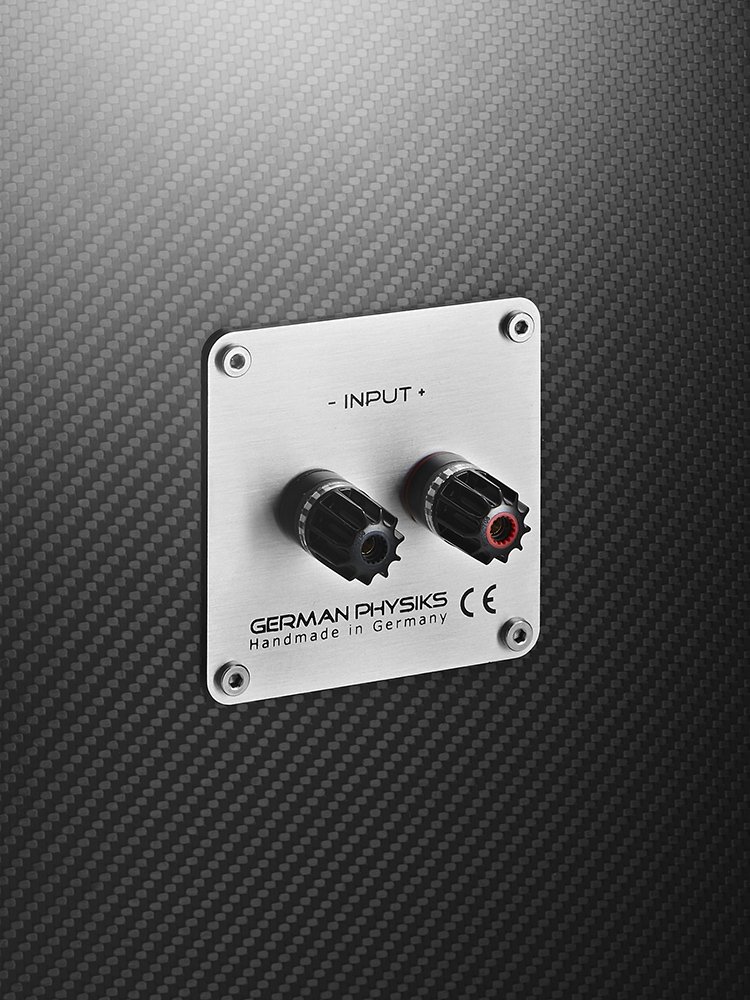
Having helped set up BEAST, the Birmingham Electro-Acoustic Sound Theatre, many years ago whilst starting my B.Mus degree, the idea was and still is to perform music using multiple loudspeakers positioned around the room and above, each controlled in performance via separate faders on a mixing-desk, long before Dolby was ever known for anything other than hiss suppression for noisy cassette decks. Listening to electroacoustic music during this listening test, such as works by Stockhausen, Varese, Smalley, Harrison, Dhomont, Liffen, etc, the music experience was almost 3D. OK, the sound didn’t ping-pong around the room, but the amount of space in the listening area occupied with sound was uncanny. The detail was still there, and I didn’t need to sit in one space. The large internal area for the 8″ base driver allowed for a surprisingly good bass tailing down to 32Hz, relying on the spikes or feet to allow sound escaping, similar to a large number of subwoofers and ala Helmholtz resonator bass. The cheaper cost meant that visually this was a little less fanciful than the HRS -130, but it still worked. The bass unit found no problem with sudden explosions or rattling saucepans provided by this type of music. Moving onto something a little easier for my cat to listen to, Pink Floyd’s “The Endless River” gave a greater ambience than I had experienced before, something fitting so well with the style of music. The bass was efficient and ride cymbal taps from Nick Mason were both clear and with endless decay. This ambient music was fittingly portrayed, and an exciting listening experience for my favourite Pink Floyd album “The Division Bell”, track 3 ‘Poles Apart’ (24/96kHz recording). This was a new experience for me. Depth of field gave me an eerie lifelike escape into the complicated minds of the Floyd, and left me knowing more about the music at the end than I had done before. OK, the bass wasn’t quite as grand as in the HRS-130, but the control I actually preferred. Maybe it was the smaller driver size, or just that it fitted better in with the physics of my room, but I left every listening test with a greater smile than at the start. This was getting pretty damn good. Popular music gave a much more musical and relaxed performance, largely due to the fact that there was no sweet spot shooting sound-waves directly into my head. I could listen for longer, though at times missed some of the effect a sweet spot could bring. The detail was still all there but covered a larger area and sounded more realistic. I know I could continue to waffle on endlessly about particular pieces of music and how I liked them, but that would be pointless. Understanding what these speakers are trying to do is far more important and relevant. Understanding how it can transform your listening space is what German Physiks is all about. And, like many things in the world of hi-fi, you will either love it or hate it. It’s a matter of whether you want to listen to music or musicians. 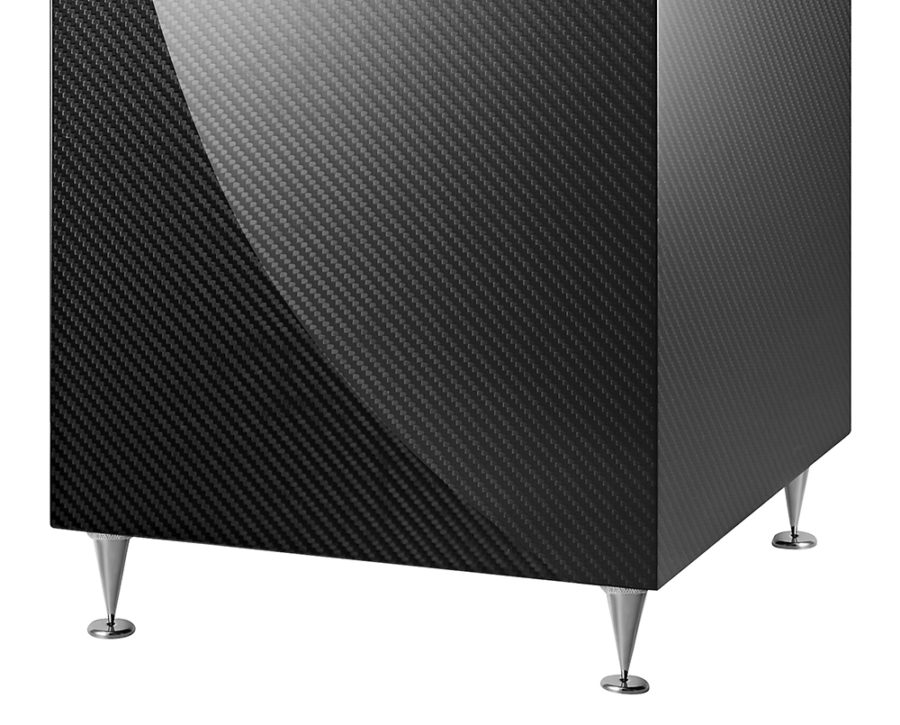
CONCLUSION
These, like MBL speakers which use a similar process, are unlike everything else at this price point. If you are happy to spend £8,900, and content at not being pinned down to one space in your living room to get that sweet spot, these could be a very pleasurable investment.
Sound Quality – 8.45/10 (tighter bass than the HRS-130)
Value for Money – 8.5/10
Build Quality – 8.5/10 (great looks)
Overall – 8.48/10
Janine Elliot
















































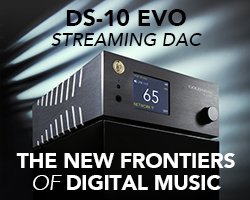
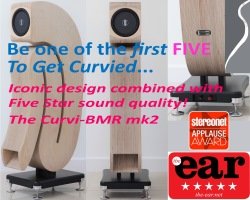



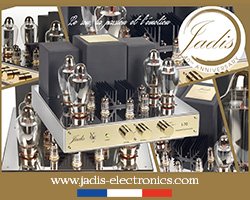




















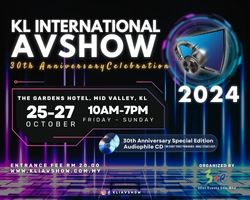
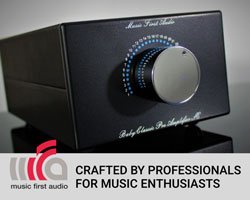

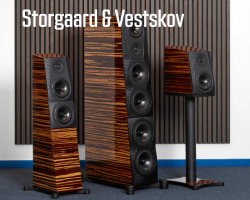






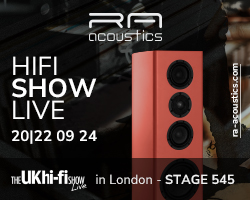

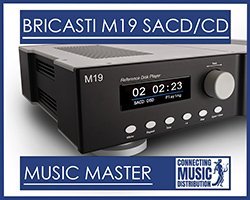









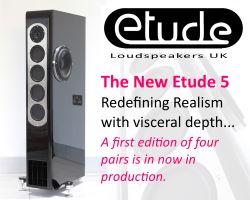




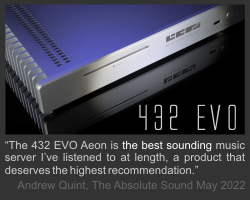

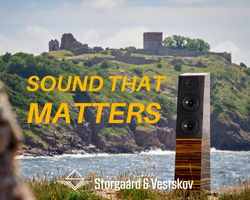

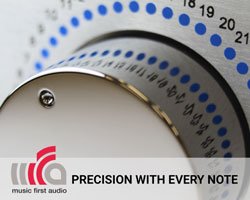
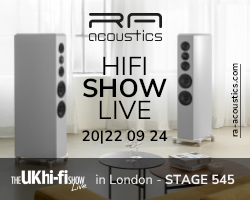


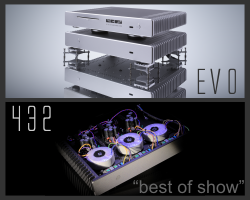



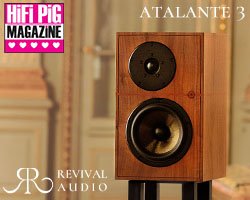
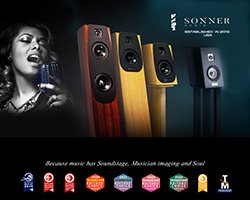

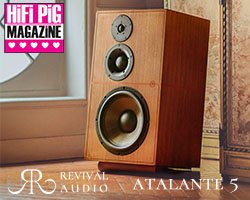














































You must be logged in to leave a reply.